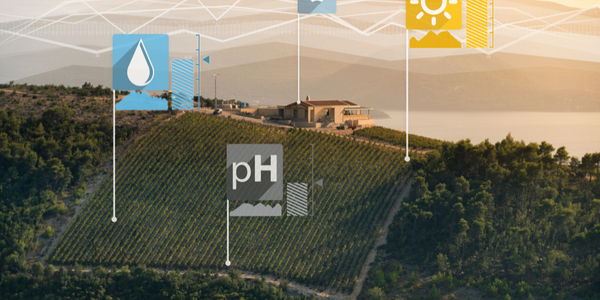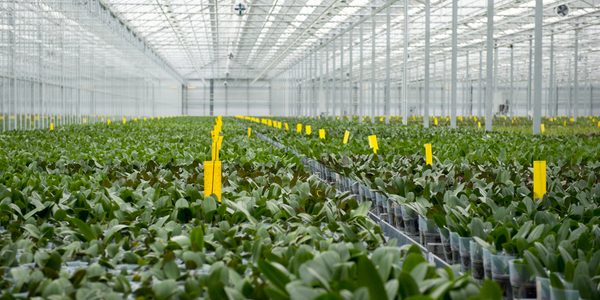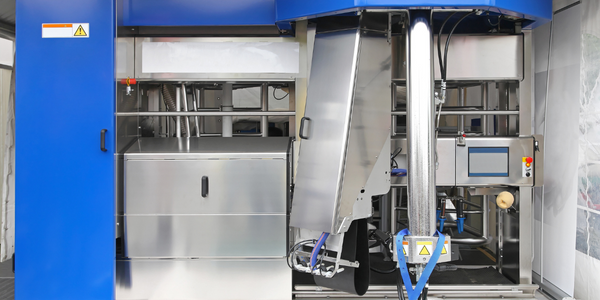适用行业
- 农业
- 医疗保健和医院
适用功能
- 设施管理
用例
- 搜救
- 交通监控
服务
- 系统集成
关于客户
阿肯色州儿童公司是一家致力于照顾阿肯色州 700,000 名儿童的私人非营利组织。该组织包括两家儿科医院、一个儿科研究所、一个农业部营养中心、一个慈善基金会、一个苗圃联盟、全州诊所以及许多教育和推广项目。其中一家医院是位于小石城的阿肯色儿童医院,拥有 336 个床位,提供该州唯一的一级儿科创伤中心和烧伤中心。该组织的设施遍布全州,这些地区容易受到高速移动的强龙卷风、冬季天气和严重雷暴的影响。
挑战
阿肯色州儿童公司是一家致力于照顾阿肯色州 700,000 名儿童的医疗保健系统,在管理与天气相关的紧急情况方面面临着重大挑战。该组织的设施遍布全州,因此特别容易受到龙卷风的影响,在其年度灾害脆弱性分析中,龙卷风一直名列前十位。他们现有的恶劣天气计划主要侧重于龙卷风应对,在应对冬季风暴和严重雷暴等其他天气事件方面存在缺口。该组织还必须为从受热带系统影响的地区撤离的大量患者做好准备。天气威胁期间的决策过程会影响患者、家属和员工的安全和舒适度,需要多个部门之间的协调。应急管理团队努力预测恶劣天气的影响,经常在深夜监控天气应用程序和雷达是否存在潜在威胁。缺乏解释和应用不同来源的天气数据的专业知识是一个重要的压力来源。
解决方案
为了应对这一挑战,阿肯色州儿童医院与天气情报和决策指导解决方案 StormGeo 合作。 StormGeo 提供针对医疗保健系统内每个位置的天气预报数据、监控和警报。这种伙伴关系为阿肯色州儿童医院的主要决策者提供了可靠的天气信息来源。然而,最大的好处是可以 24/7 全天候联系气象学家,他们提供有关潜在天气威胁及其预期影响的精确信息。利用 StormGeo 的功能,阿肯色州儿童医院的团队重写了他们的恶劣天气计划,制定了考虑不同天气类型和风险级别的统一响应策略。该战略规划了监测、通信和应对各种威胁的协调努力。每个行动触发点均基于 StormGeo 的通知和警报,一旦满足触发点,团队就会遵循一系列关键行动,涵盖患者和员工安全、基础设施、公用事业和交通。
运营影响

Case Study missing?
Start adding your own!
Register with your work email and create a new case study profile for your business.
相关案例.

Case Study
Intelligent Farming with ThingWorx Analytics
Z Farms was facing three challenges: costly irrigation systems with water as a limited resource, narrow optimal ranges of soil moisture for growth with difficult maintenance and farm operators could not simply turn on irrigation systems like a faucet.

Case Study
Hospital Inventory Management
The hospital supply chain team is responsible for ensuring that the right medical supplies are readily available to clinicians when and where needed, and to do so in the most efficient manner possible. However, many of the systems and processes in use at the cancer center for supply chain management were not best suited to support these goals. Barcoding technology, a commonly used method for inventory management of medical supplies, is labor intensive, time consuming, does not provide real-time visibility into inventory levels and can be prone to error. Consequently, the lack of accurate and real-time visibility into inventory levels across multiple supply rooms in multiple hospital facilities creates additional inefficiency in the system causing over-ordering, hoarding, and wasted supplies. Other sources of waste and cost were also identified as candidates for improvement. Existing systems and processes did not provide adequate security for high-cost inventory within the hospital, which was another driver of cost. A lack of visibility into expiration dates for supplies resulted in supplies being wasted due to past expiry dates. Storage of supplies was also a key consideration given the location of the cancer center’s facilities in a dense urban setting, where space is always at a premium. In order to address the challenges outlined above, the hospital sought a solution that would provide real-time inventory information with high levels of accuracy, reduce the level of manual effort required and enable data driven decision making to ensure that the right supplies were readily available to clinicians in the right location at the right time.

Case Study
Greenhouse Intelligent Monitoring and Control Solution
Farming Orchids is the most successful form of precision farming in Taiwan, and also the most exported flower. Orchids need a specific temperature and humidity conditions to grow and bloom, and its flowering time may not be in line with market demands, so the price collapses when there is overproduction. Therefore, some farmers began to import automated greenhouse control systems for breeding and forcing, which not only improves quality, but also effectively controls the production period and yield to ensure revenue. In 2012, an orchid farmer built a Forcing Greenhouse of about 200 pings (approximately 661 Square Meters) in Tainan, Taiwan. The system integrator adopted Advantech’s APAX-5000 series programmable automation controllers to build the control platform, coupled with Advantech WebAccess HMI/SCADA software, to achieve cloud monitoring. The staff of the orchid field can monitor important data anytime via smart phone, iPad, and other handheld devices, and control the growth and flowering conditions. System requirements: In the past, most environmental control systems of orchid greenhouses in Taiwan used PLCs (Programmable Logic Controller) with poorscalability and control, and could not be connected to the Internet formonitoring from the cloud. For advanced database analysis and networking capability, the PC platform must be adopted. Therefore, PAC Systems (Programmable Automation Controller) with both PLC programming capabilities andPC functions is a better choice.The environmental control of the Orchid greenhouse switches on and off devices like fan, shade net, cooling/heat pump, liquid flow control, water-cooling wall etc. It is controlled by a control panel of electric controllers, and is driven by a motor, to adjust the greenhouse temperature, humidity, and other environmental conditions to the set parameters.










